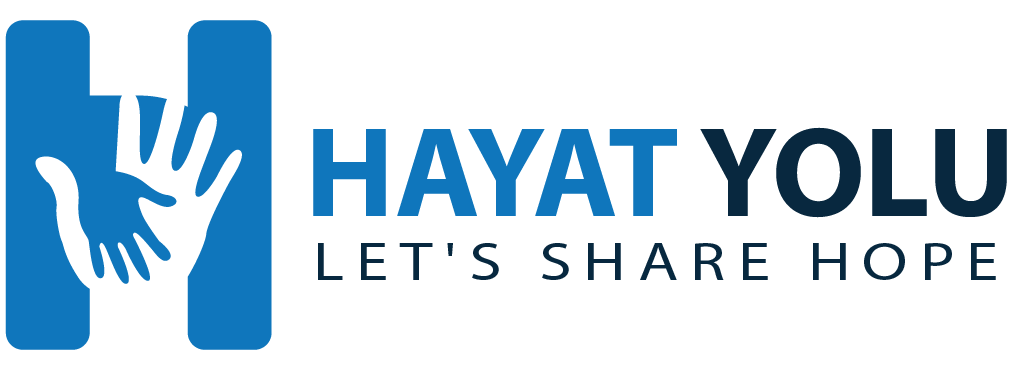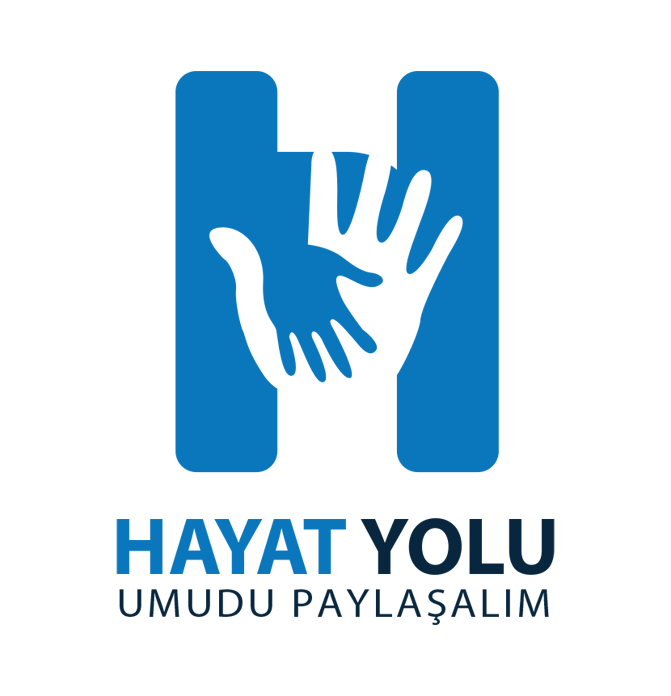Health in humanitarian contexts
In the light of the widespread poverty, and the increasing crises and disasters, more than half of the world’s population is still unable to access health services easily and without incurring financial burdens. At a time when the world faces threats from high-impact health emergencies such as epidemics or the consequences of disasters and conflicts, the weakest groups of society suffer the highest losses, such as pregnant women, people with disabilities or the elderly. In these circumstances, it is also feared of inevitable confrontations with severe health risks such as injuries, amputations and disabilities, as well as a direct impact on those suffering from chronic diseases and following specific protocols in treatment. This leaves many victims of crises and disasters in a state of extreme vulnerability and needs a long time to recover.
Today:
- Noncommunicable diseases such as cancer, diabetes and heart disease account for 70% of all deaths.
- 16% of people die from cancer
- 15% of the world’s population live with disability
We implemented several health interventions that affected the lives of many in conflict and disaster areas:
- We provided hospitals with fuel to power generators, whose failure was a major threat to patients ’lives.
- We carried out various medical interventions that included surgical procedures, prosthesis installation, and the provision of medical aids to 140 patients and injured people in the Gaza Strip.
- We supplied and installed a respirator in a Yemeni hospital to serve all the residents of the hospital area
- We provided hundreds off parcels of health supplies and disposables to the injured in the Gaza Strip










